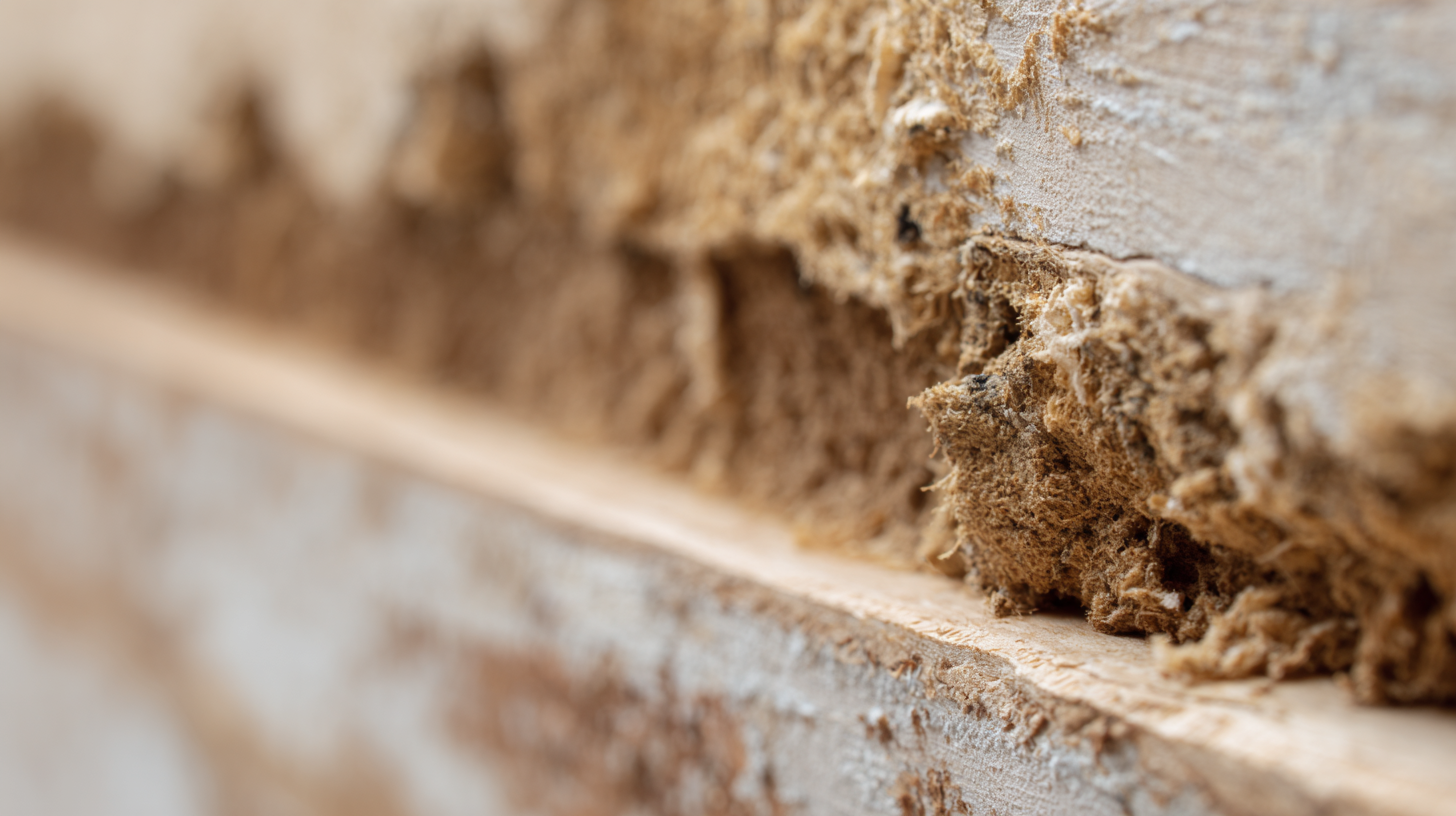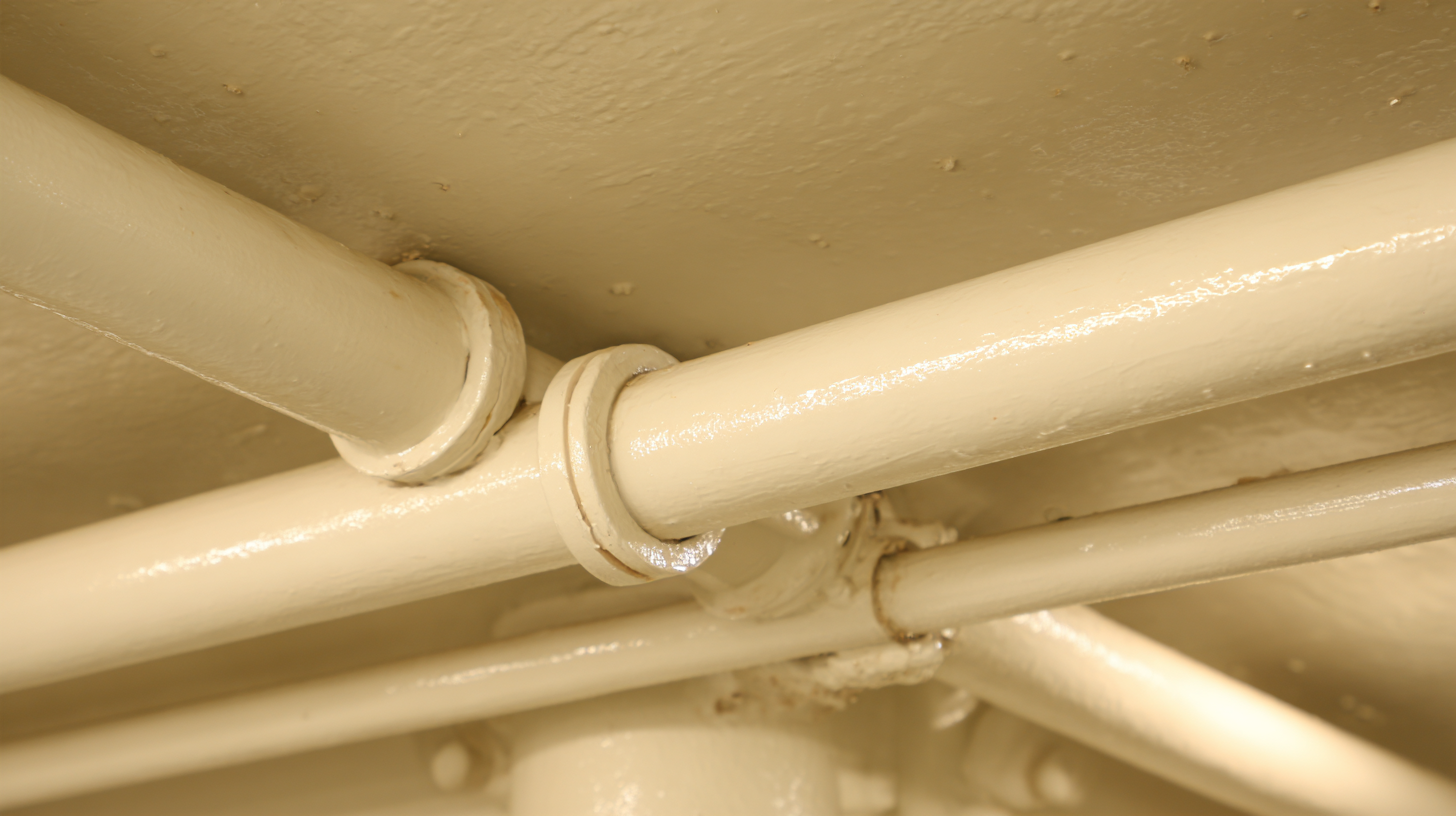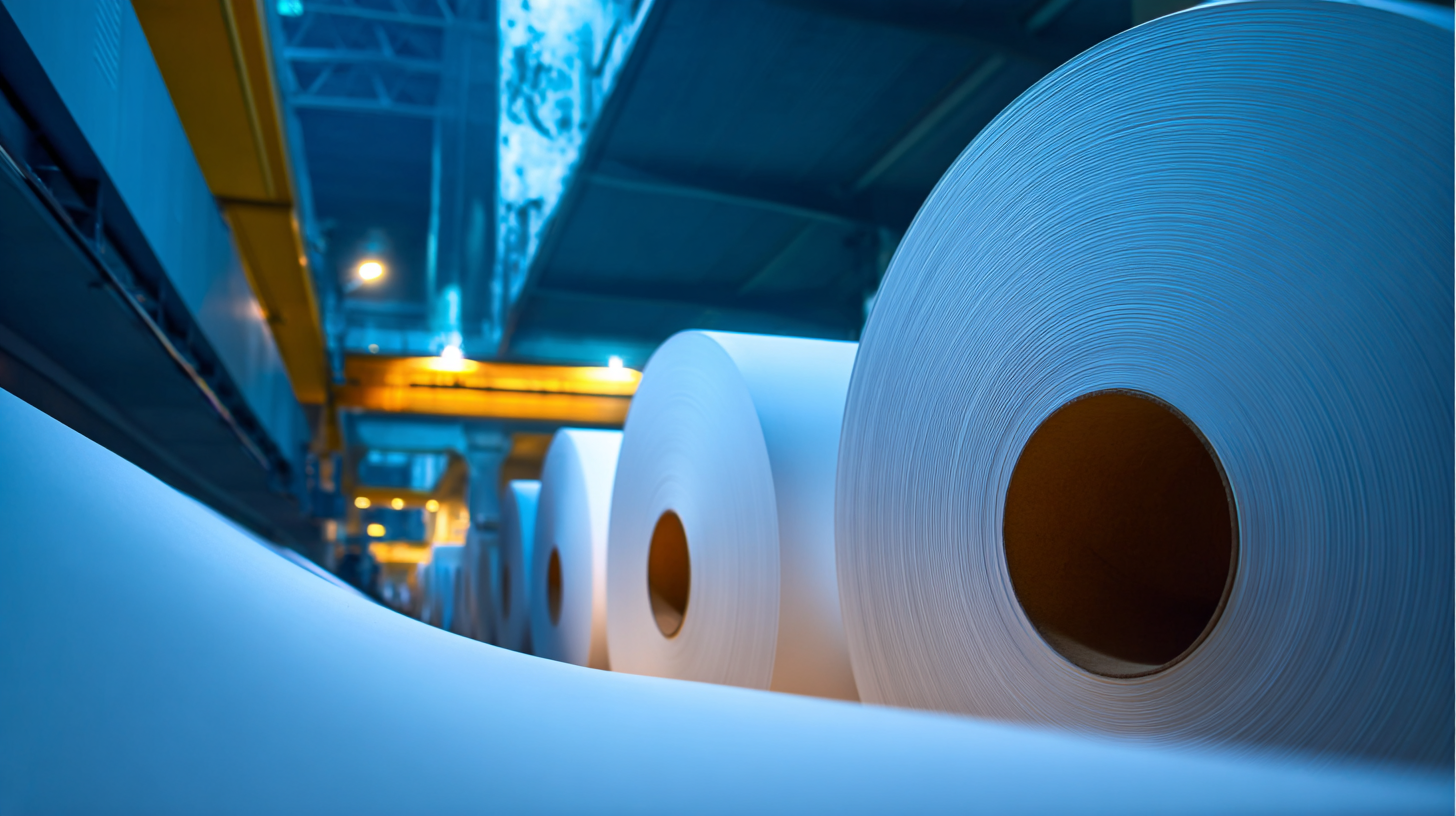In the realm of modern construction, PVC coating has emerged as a crucial component due to its remarkable durability and application versatility. According to a report by Grand View Research, the global PVC coating market is expected to reach USD 5.59 billion by 2025, driven by growing demand across end-user industries such as automotive, construction, and electronics. This innovative material not only enhances the aesthetic appeal of surfaces but also provides excellent resistance to harsh environmental conditions, making it an ideal choice for both residential and commercial applications. Furthermore, the use of PVC coating is projected to experience a compound annual growth rate (CAGR) of 5.2% from 2019 to 2025, reflecting increasing awareness and preference for sustainable and long-lasting building materials. As we delve deeper into the benefits and trends surrounding PVC coating, it becomes evident that this multifunctional solution is set to redefine standards in construction durability and design.

In modern construction, the application of PVC (Polyvinyl Chloride) coating plays a crucial role in enhancing the longevity of materials. Industry reports indicate that structures utilizing PVC coatings can enjoy a lifespan increase of up to 30%, substantially reducing replacement and maintenance costs over time. This robust material is not only resistant to corrosion, abrasion, and environmental stressors but also provides an added layer of protection against moisture, which is essential in prolonging the life of underlying substrates.
Incorporating PVC coatings can also significantly improve the aesthetic appeal of construction projects. These coatings are available in various colors and finishes, allowing for customization that matches design aspirations without compromising durability. Tips for implementing PVC coatings effectively include ensuring proper surface preparation and application, which are fundamental for maximizing adhesion and performance. According to industry experts, coatings applied under optimal conditions can outperform traditional materials in both durability and visual impact.
When considering PVC coatings for your project, it is essential to consult with manufacturers to choose the right product suited for specific environmental conditions. Moreover, regular inspection of the coated surfaces can help identify any potential wear early, ensuring continued protection and functionality. Leveraging these insights will not only enhance construction durability but also contribute to overall project sustainability.
PVC coating has emerged as a superior choice in modern construction, offering distinct advantages over traditional protective finishes. One of the primary benefits of PVC coating is its excellent resistance to environmental factors, such as moisture, chemicals, and UV rays. This durability not only prolongs the lifespan of building materials but also reduces the frequency and cost of maintenance. Unlike traditional finishes that may peel or degrade over time, PVC coatings adhere strongly and maintain their integrity, ensuring that structures remain robust and aesthetically pleasing.

Moreover, PVC coatings provide a level of versatility that traditional finishes often lack. They can be applied to a wide range of substrates, including metal, wood, and concrete, adapting seamlessly to various construction needs. The availability of custom colors and textures further enhances their appeal, allowing architects and builders to achieve desired design aesthetics without compromising on durability. Additionally, PVC coatings are often environmentally friendly, containing fewer volatile organic compounds (VOCs) compared to some conventional paints and finishes, making them a more sustainable option for modern constructions.
The application of PVC coating in modern construction is witnessing significant advancements, driven by innovations and adherence to evolving industry standards. As per recent analyses, the global coated fabrics market is projected to reach approximately $79.9 billion by 2035, growing at a CAGR of 4.8% between 2025 and 2035. This growth is largely fueled by the increasing demand for high-performance materials in diverse applications, including automotive, furniture, and construction.

In parallel, the plastic packaging market is set to grow significantly, with its size forecasted to escalate from $394.65 billion in 2025 to $509.72 billion by 2033. This trend reflects an increasing reliance on durable and versatile materials like PVC, reinforcing the material's prominence and utility in various sectors. As manufacturers innovate and refine PVC coating techniques, we can anticipate enhanced durability and performance standards that cater to the needs of modern construction projects, ultimately shaping the industry's future landscape.
The use of PVC coating in modern construction has garnered significant attention not only for its durability but also for its environmental implications. While PVC-coated materials provide excellent protection against wear and tear, the production and disposal processes of PVC raise sustainability concerns. The extraction of raw materials and energy-intensive manufacturing processes contribute to carbon emissions, indicating a need for a more balanced approach to material selection in construction.
Tips for a greener choice include seeking out manufacturers that utilize recycled PVC or implement environmentally friendly production practices. Additionally, consider the life cycle of the materials used, opting for those that can be easily recycled at the end of their lifespan. By prioritizing sustainable practices, the construction industry can reduce its ecological footprint while still benefiting from the robust properties of PVC.
Investing in PVC-coated materials comes with the responsibility to understand their environmental cost. Selecting coatings that are free from harmful additives and engaging with suppliers committed to sustainability can significantly lessen the impact. Always inquire about certifications or eco-labels that indicate environmentally preferable practices, ensuring that your construction projects align with broader sustainability goals.
The evolution of PVC coating technology in the construction sector has ushered in a new era of durability and sustainability. As the industry embraces innovative materials, PVC coatings are becoming increasingly sophisticated, offering enhanced resistance to wear, moisture, and UV degradation. This advancement not only extends the lifespan of construction materials but also improves their aesthetic appeal. The integration of advanced polymer technologies allows for greater customization, meeting the specific needs of various projects, from high-rise buildings to residential homes.
Tips: When considering PVC coatings for your next construction project, ensure you choose a supplier that offers a range of colors and finishes. Additionally, evaluate the environmental impact of your options—look for manufacturers that employ sustainable practices in their production processes.
Looking towards the future, the trajectory of PVC coating technology will likely include the incorporation of smart features, such as self-cleaning capabilities and enhanced thermal insulation properties. As environmental regulations tighten and the push for greener construction practices intensifies, the development of PVC coatings that align with these trends will be paramount. By staying informed about these advances, construction professionals can leverage the latest innovations to enhance the quality and sustainability of their projects.






